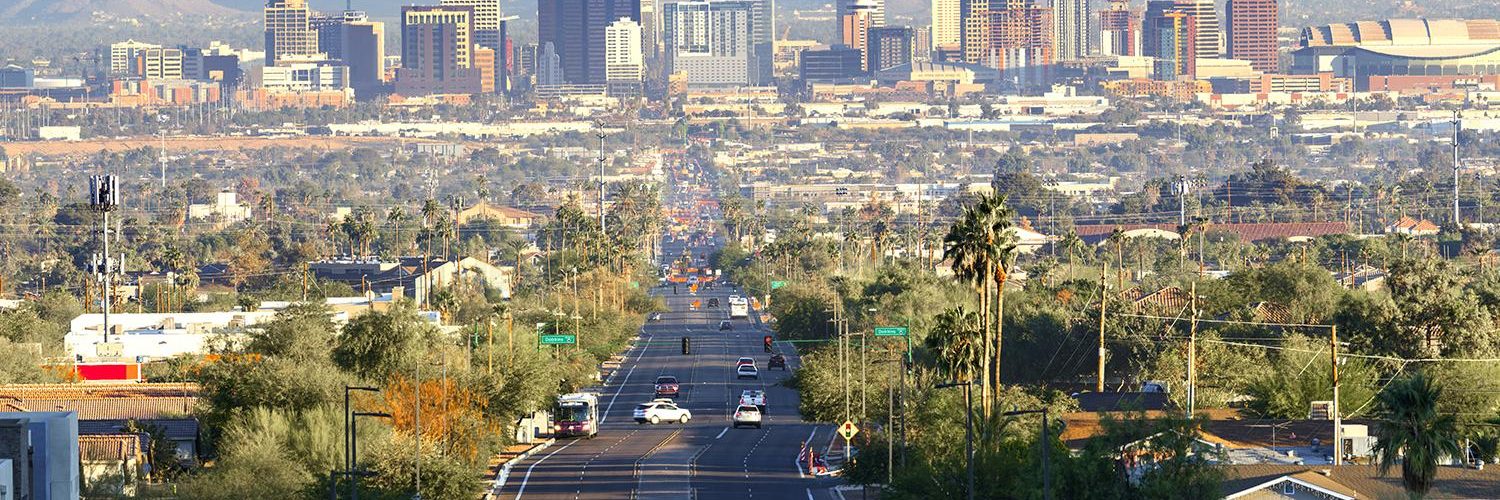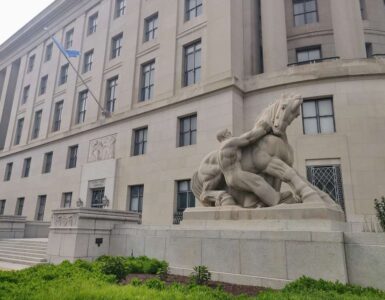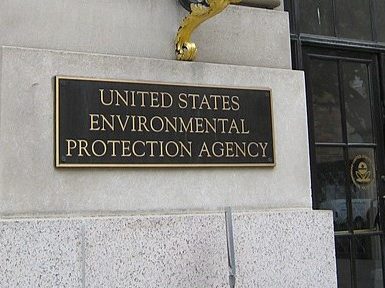This column originally appeared in the Phoenix Business Journal.
Arizona businesses have shown incredible ingenuity when it comes to problem-solving. We work together collaboratively to help each other and help our neighbors.
But an EPA proposal to significantly tighten air quality regulations will threaten our ability to develop creative solutions.
We all want clean air. However, this new rule to regulate fine particulates known as PM2.5 could serve to regulate many of our Arizona manufacturers, agricultural interests and other entities out of business. At a time when employers face rising inflation and fuel costs and a tight labor market, more regulatory red tape only means higher costs for businesses and Arizona families.
Unfortunately, the EPA has not gotten the message. The agency’s PM2.5 proposal is a prime example of the disconnect between D.C. regulators and the rest of the country. Rules enacted under the National Ambient Air Quality Standards are revised on schedules that are meant to give regulated industries time to adjust. Those adjustments are often extensive and costly, and many businesses are still working to come into compliance with the last revision. If this new rule is implemented, employers will have to spend even more money to meet stricter standards – money that could otherwise be spent to hire workers, increase pay and make capital investments.
None of this is to say businesses aren’t committed to a clean environment. Recent decades have illustrated how the private sector has helped lead the way when it comes to clean air and water. Consider: the U.S. has reduced six common air pollutants (including PM2.5) by 78% between 1970 and 2020, according to the EPA. PM2.5 levels have nearly been cut in half since 2000.
The EPA’s one-size-fits-all plan doesn’t take into account regional challenges and local circumstances. For example: Arizona’s arid climate is susceptible to blowing dust that negatively impacts the readings of air quality monitors. But, don’t take my word for it. Consider the headline of an EPA-funded study published by the Journal of the Air & Waste Management Association: “Windblown dust contributes to high PM2.5 concentrations.”
Reducing emissions should be shared solution
Failing EPA regulations can have major repercussions, including possible loss of federal funding for highways and other vital infrastructure. That would be devastating to our economy.
The EPA has traditionally been reluctant to let states work together on solutions. It has what it calls a “good neighbor policy” that requires us to reduce emissions so that we do not pollute our neighboring states. That policy, though, does not allow for offsets or regional cooperation to make reducing emissions a shared strategy. Make no mistake: the proposal to more stringently regulate PM2.5 represents a threat to the economic well-being of all states, regardless of how much they want to be good neighbors.
The EPA would be better served by focusing on solutions — not unrealistic metrics that threaten business development, our economy, and jobs. In the near term, action should be taken to revamp the mobile emission credit program to ensure companies receive credit for the actual delta of emissions offset by modernizing equipment. And as a medium-term goal, the agency should pursue a realistic review of international transports.
We can have a clean environment and strong economy. Rather than looking to crack down on industry, the Biden administration should turn loose the innovators of the private sector to do what they do best: find ways to produce goods and services more efficiently and with less impact on our environment. And the EPA should stop moving the goalposts on job creators as they work to achieve these results.
Arizona manufacturers and business owners are up to the challenge.
Danny Seiden is president and CEO of the Arizona Chamber of Commerce & Industry.
















Add comment